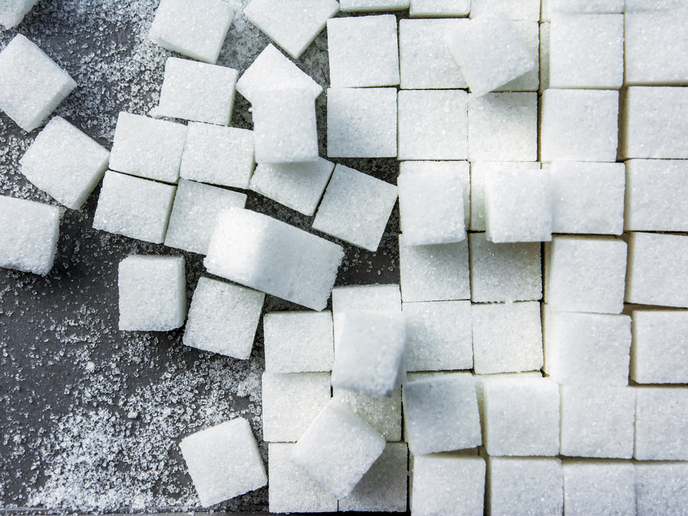Perfect beverages and liquid food down to the molecular level
Bartenders and cocktail enthusiasts know it: proportions matter. A bit too much or slightly too little of an ingredient, and the person drinking will never look back. The same principle applies to food processing plants, for which getting ingredient levels right can be complicated but nonetheless crucial to keep the business afloat. So far, these producers have mostly operated on a combination of gut feeling and technology capable of identifying the different components in liquid food and beverages. They have known, for instance, how much sugar there was in their products. The composition of this sugar, however, has been unknown. These days are over. By successfully applying FT-NIR technology – a technology using near-infrared light and algorithms to quantify gas components – to liquids under the FAME (Development and demonstration of an innovative FT-NIR-based system for food content analysis) project, Opsis is now capable of distinguishing ingredients at molecular level. How is FT-NIR relevant to the food industry? Dr Olle Lundstrom: Compared to technologies currently in use in the food processing industry, which mostly relies on NIR only, FT-NIR provides better resolution. Using it, you can continuously identify small details that had never been captured before on production lines. FT-NIR has been around for 30 years but has so far been used mainly in laboratories and for industrial applications. With this project, Opsis successfully brought its own FT-NIR Gas technology – used for pollution monitoring – into the food processing industry. Is it really useful to scrutinise food at the molecular level? For some market players it won’t be interesting, unless they are looking for something very detailed and specific. For example, there are already solutions available to quantify sugar on production lines. You don’t need FT-NIR for that. However, no technology can measure what type of sugars are in a product. Thanks to FAME, we can now differentiate between fructose sugar, maltose sugar and glucose sugar. What are the main challenges you faced in bringing this technology to the food industry? The first challenge, and perhaps the most important one, was to develop this technology for gas. It took 30 years to get there. FAME has been building on this extensive research and development process to take this existing technology and make it applicable to liquids as well, be it milk, wine, spirits, sugar or water. The second challenge consisted in making online measurements – that is, taking samples from production lines from which many different products with different behaviours, temperatures, flows and pressure come out – and bringing these to a stable laboratory environment. This was essential to make a very detailed analysis possible. Our last challenge was related to prediction models and calibrations. It’s pretty much like taking a prism and trying to split out the spectrum into understandable data. To do that, you need a mathematical estimation model able to convert light into a value. This was a great challenge and this model required much fine-tuning to become applicable to the many different possible environments. What would you say were the main achievements brought about thanks to phase 2 funding? Phase 2 funding helped us take the technology we had for gas and bring it to liquids. But it also helped us identify customers interested in using this technology. We now have customers that have been running this technology for a while and are very interested in it over the long term. We have not been able to release this information publicly yet, but we are currently discussing a future press announcement related to two major multinational corporations we have been working with. Can you describe the use cases for these two customers? Customer number one is a sugar refinery producing liquid sugar and syrup. Such products, in order to become and remain liquid, require a certain composition of different sugar types. If producers were to use only saccharose, the sugar would freeze or remain solid. Thanks to our technology, the customer can measure and control the exact levels of glucose, fructose and saccharose needed on its production line. This not only helps to improve the quality of the final product, but also causes less waste and decreases production cost. The second customer deals with fermentation to produce alcohol. That process also requires specific combinations of sugars, and our equipment allows us to measure and even monitor the fermentation process. No one except Opsis can do this today. If you had to convince a new potential customer, what would be your main arguments? Imagine you have a food processing plant, using some kind of liquid. Today, you have no choice but to keep adjusting all sorts of valves based on gut feeling to get the product you want. With our technology, you can actually adjust these valves precisely to have an optimised process, depending on whether you want to save time or cost, or have a maximum yield. What are your objectives for the next five years? Within six months, we intend to go public with the announcement of our two main customers. Once it’s done, we will expand across Europe to get closer to the plants. Then, we’ll start looking into worldwide expansion.
Countries
Sweden



